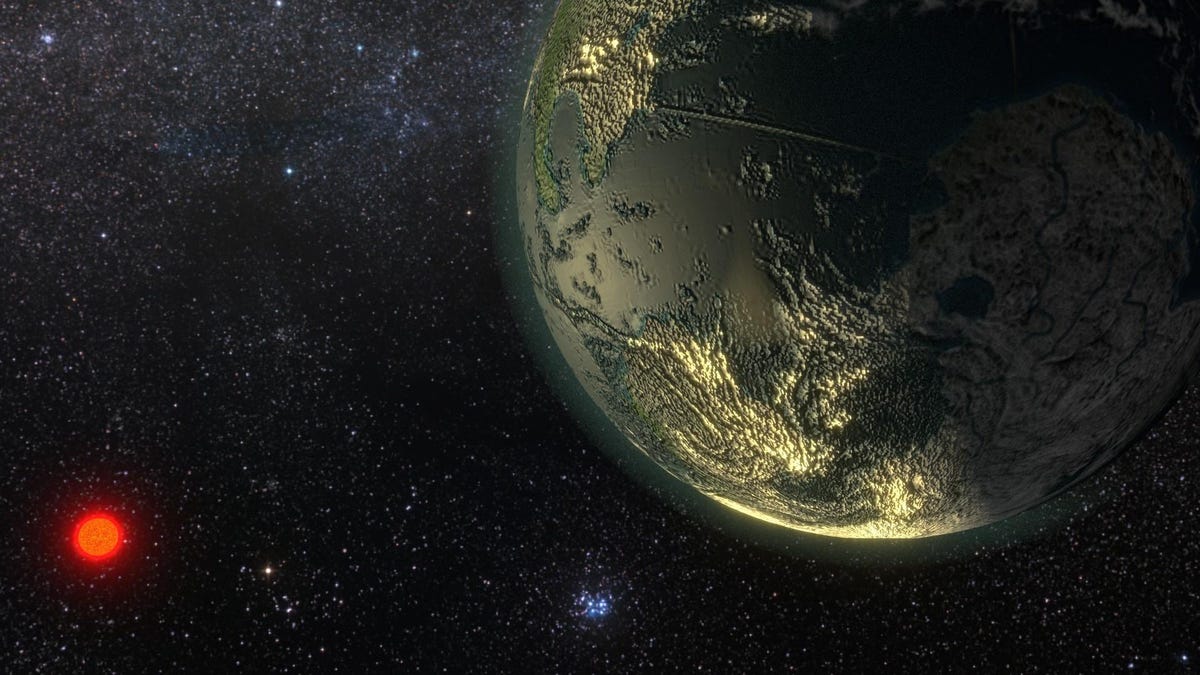List of planets most suitable for alien life grows by two
Scientists keep a catalog of the exoplanets considered "potentially habitable," and one of the latest additions ranks as the third most Earth-like planet yet.

Two new worlds have been added to the catalog of exoplanets scientists think might be able to support alien life, and one ranks as the third most similar planet to Earth among all those spotted beyond our solar system so far.
Kepler-1652b is likely rocky and only 12 percent larger than our planet, with an orbit in just the right part of the goldilocks zone around its star, Kepler-1652.
"The planet around Kepler-1652 seems like a good candidate for habitability," professor Abel Mendez, who manages the Habitable Exoplanets Catalog at the University of Puerto Rico at Arecibo, said via email. "It could have temperate conditions with a similar terrestrial atmosphere."
The best candidates for hosting life beyond our solar system.
Only Proxima Centauri b, around the nearest star beyond our sun, and Trappist-1 e rank higher in the catalog's "Earth Similarity Index" which is based on comparing an exoplanet's mass, radius and amount of energy received from its star to that of our planet.
However, the index doesn't take into account other factors, like blasts of intense radiation from a planet's star, which have already been observed battering poor Proxima b. Kepler 1652 is a red dwarf star like Proxima Centauri, so the same obstacle to the development of life might be present there as well.
"Unfortunately, the planet is 822 light-years away and too far to learn more about it in the near future," Mendez added.
The second planet added to the catalog this month is HD 283869 b, which is less similar to Earth but still makes the cut for being potentially habitable.
"The planet around HD 283869 seems like a marginal world for habitability," Mendez said. "It is almost twice as big as Earth and more likely a hot ocean world with an orbit very close to the inner edge of the habitable zone. However, it still could have temperate conditions with a similar terrestrial atmosphere."
On the positive side, science-wise, this super-Earth is also more nearby at a distance of 155 light-years.
These two new additions bring the total tally in the catalog to 55 known potentially habitable exoplanets. While the technology to visit these worlds is still likely many generations or centuries away, our next generation of telescopes -- including the oft-delayed James Webb Space Telescope -- could help us at least get a better look.
Technically Literate: Original works of short fiction with unique perspectives on tech, exclusively on CNET.
Crowd Control: A crowdsourced science fiction novel written by CNET readers.

